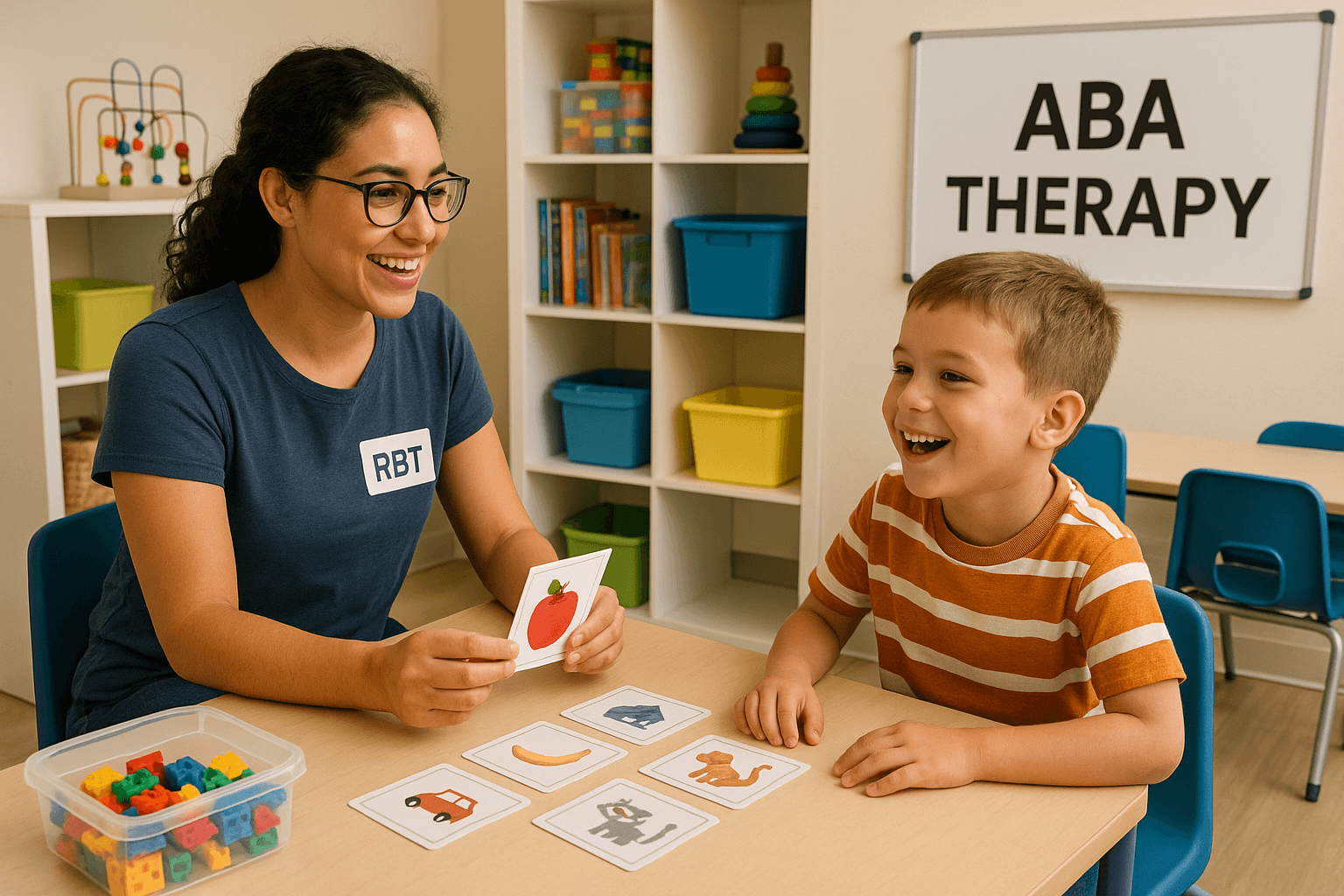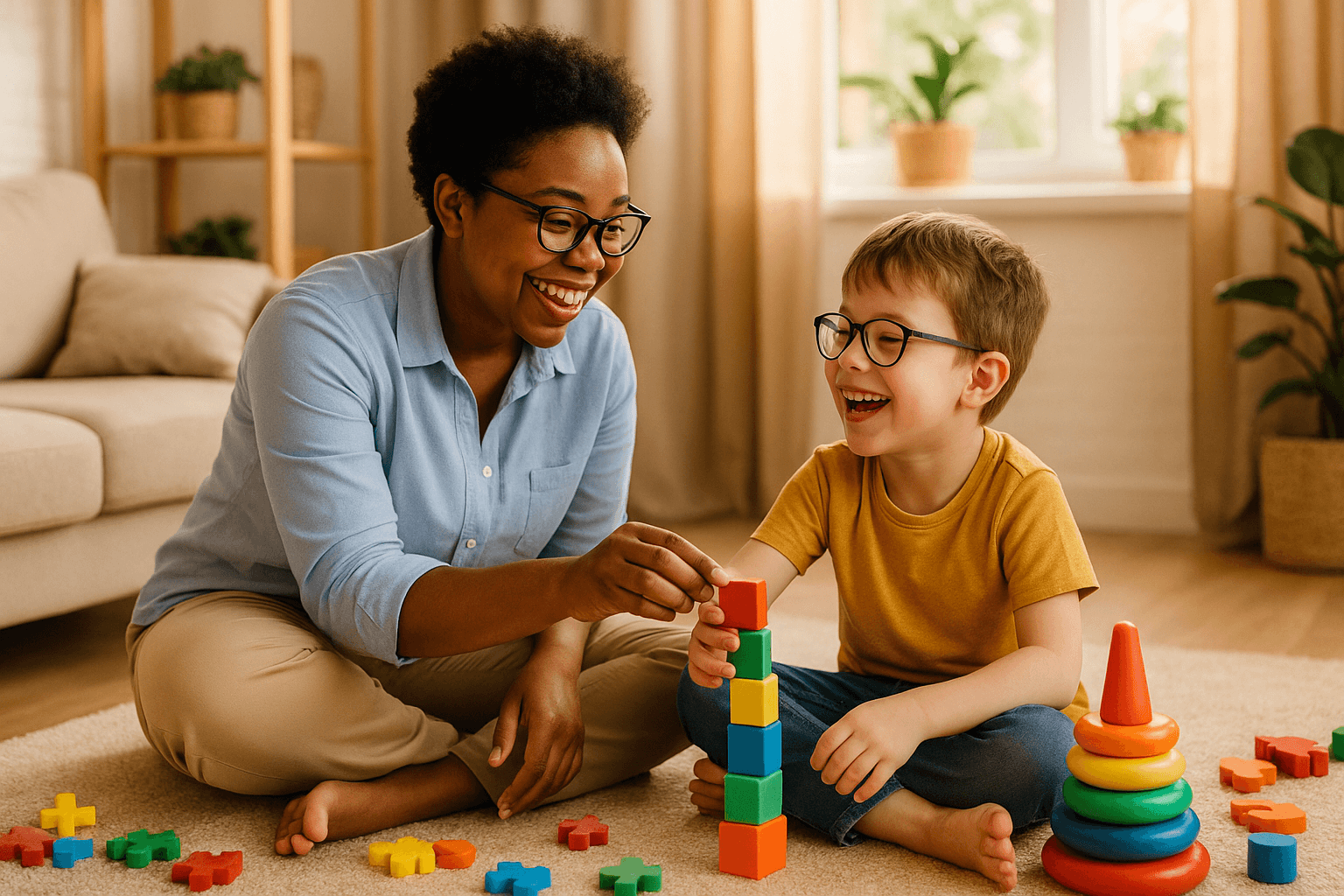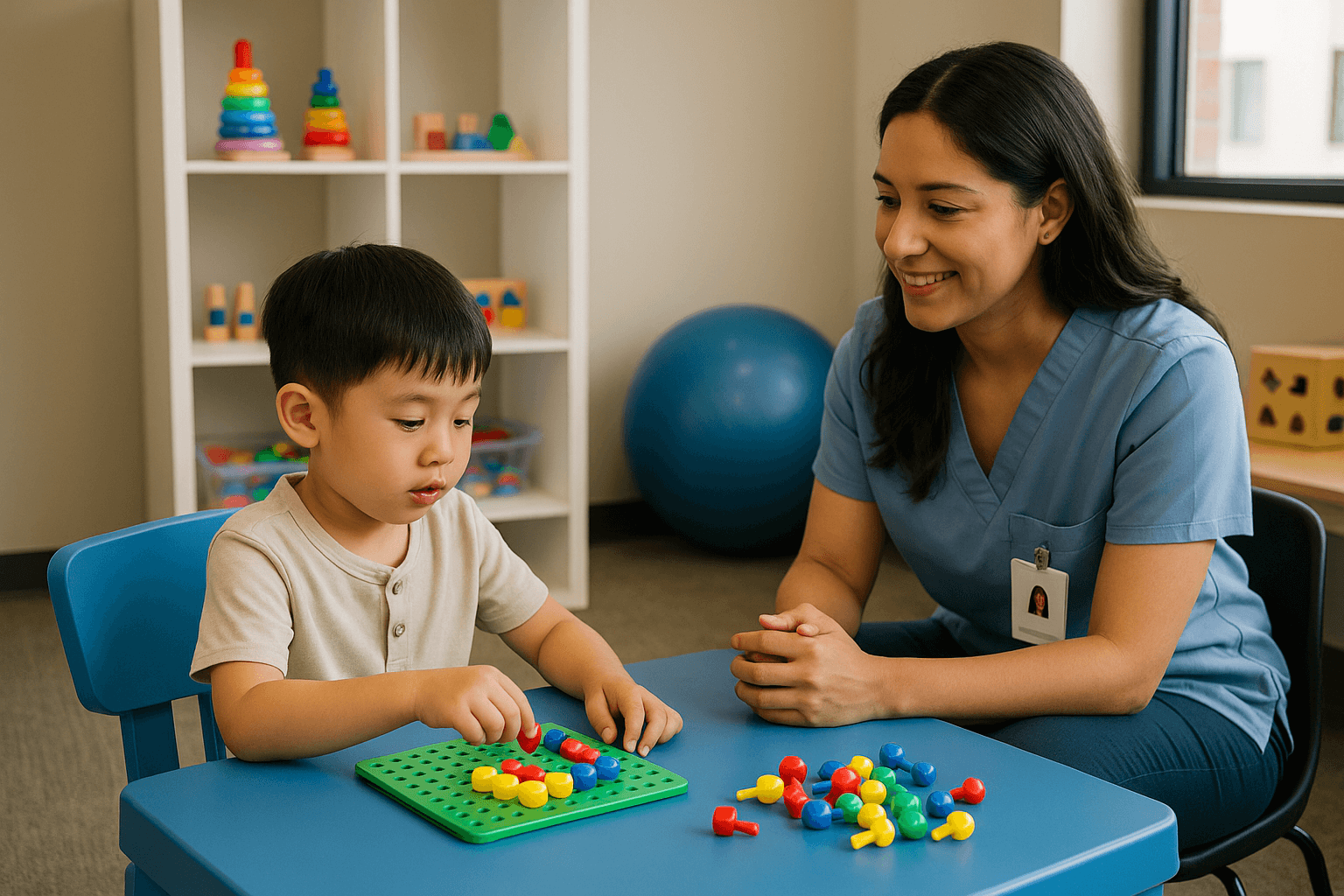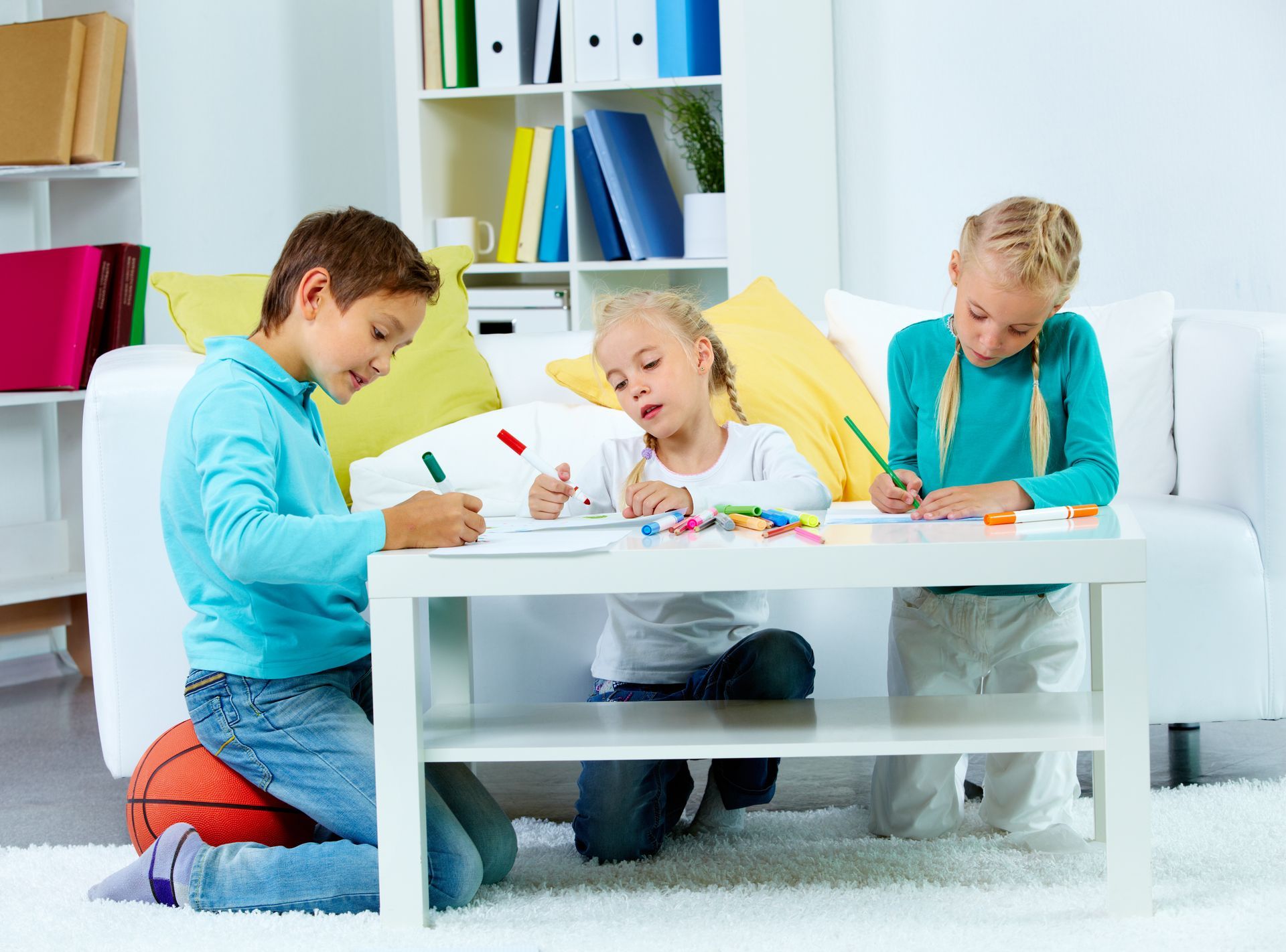Enhance Family Life with ABA Therapy Services
Home-based Applied Behavior Analysis (ABA) therapy, particularly ABA Therapy Services, has emerged as a powerful tool in supporting individuals with developmental challenges. This therapy, conducted within the comfort of one's home, not only aids in the progression of individuals but also significantly enhances family life. Through comprehensive support and structured programs, home-based ABA therapy fosters an environment conducive to growth, development, and a harmonious family dynamic.
All About ABA Therapy
ABA therapy is a scientifically validated approach that focuses on understanding behavior and how the environment influences it. It utilizes techniques to bring about positive behavior changes by breaking tasks into manageable steps, encouraging positive behaviors, and discouraging negative ones. In a home-based setting, ABA therapists personalize interventions to suit the individual needs of the child, ensuring a tailored approach that integrates seamlessly into the family's daily routines.
Comprehensive Support Through Home-based ABA Therapy
One of the significant advantages of home-based ABA therapy is the comprehensive support it offers. Therapists work closely with families to create individualized treatment plans, considering the unique needs and goals of the child. This involvement allows for consistent collaboration, empowering parents to participate in their child's progress actively. It not only fosters a deeper understanding of the strategies used but also provides parents with the tools and skills necessary to support their child beyond therapy sessions.
Integrating ABA Therapy into Daily Life
The beauty of home-based ABA therapy lies in its integration into daily life. Therapists design programs that seamlessly fit into the family's routines, whether it's during mealtime, playtime, or other activities. By embedding therapy into these natural settings, children learn and generalize skills more effectively, making the learning process enjoyable and sustainable. This integration fosters a conducive environment for continual growth and development, benefitting not just the child but the entire family unit.
Progress and Milestones
Measuring progress is pivotal in any therapy, and home-based ABA therapy excels in this aspect. With data-driven methodologies, therapists track and analyze progress regularly. This enables them to adapt and modify interventions as needed, ensuring continual progress towards predefined milestones. Celebrating these milestones together becomes a shared achievement for both the child and the family, further strengthening the familial bond.
Empowerment and Inclusivity
The impact of home-based ABA therapy extends beyond the individual receiving treatment. It empowers families by imparting valuable skills and strategies that can be used in various settings. Additionally, it promotes inclusivity within the family unit, fostering an environment of understanding and support for the child receiving therapy.
Continual Support and Guidance
Beyond the structured therapy sessions, home-based ABA therapy provides families with ongoing support and guidance. Therapists serve as a resource for parents, offering advice, strategies, and encouragement even outside of scheduled sessions. This continuous support ensures that families feel equipped to navigate challenges and celebrate victories, fostering resilience and a sense of community within the family.
Flexible and Personalized Approach
The flexibility of home-based ABA therapy allows for a personalized approach that acknowledges the uniqueness of each child. Therapists adapt strategies based on the child's responses, interests, and progress, ensuring that the therapy remains dynamic and engaging. This tailored approach not only accelerates the learning process but also nurtures the child's strengths and abilities.
Building Stronger Bonds
The impact of home-based ABA therapy transcends the therapeutic sessions; it strengthens the bonds between family members. As parents actively participate in their child's development, they witness firsthand the progress and achievements, fostering a deeper connection with their child. Siblings also benefit by understanding and empathizing with their brother or sister's challenges, promoting compassion and support within the family dynamic.
Improving Quality of Life
Ultimately, the overarching goal of home-based ABA therapy is to enhance the overall quality of life for both the child and the family. By instilling valuable skills, promoting independence, and fostering a positive and supportive environment, families experience a significant improvement in their daily lives. The newfound abilities and coping mechanisms cultivated through therapy create a ripple effect that permeates various facets of the family's existence, promoting harmony and well-being.
Conclusion
Home-based ABA therapy is not just about facilitating the development of individuals with developmental challenges; it's about nurturing a supportive, understanding, and thriving family environment. By providing comprehensive support, fostering continual progress, and strengthening familial bonds, this therapy illuminates a path toward a brighter and more inclusive future for families and their loved ones. The journey is one of growth, resilience, and shared accomplishments, enriching the lives of all involved.
If you're interested in exploring how home-based ABA therapy can benefit your family, reach out to Coachella Valley Lighthouse for personalized guidance and support. Take the first step toward a more fulfilling family life. Our 11-year family-owned legacy serves families in Riverside, San Bernardino, and Imperial Counties. With a low 3:1 client-to-staff ratio, we prioritize personalized care, offering both center-based and in-home ABA therapy services without lengthy waitlists. Our clinician-run organization emphasizes quality, investing significantly in staff training to ensure superior care for your child. We empower parents with personalized coaching and support, becoming a trusted resource guiding families through the challenges of ASD.
FAQs
What is Home-based ABA Therapy?
Home-based ABA therapy is a specialized approach that brings ABA therapy techniques and interventions into the comfort of a child's home environment. It involves personalized strategies tailored to the child's needs to support their development.
How Does ABA Therapy Benefit Individuals with Developmental Challenges?
ABA therapy focuses on understanding behavior and its environmental influences, aiming to encourage positive behavior while discouraging negative ones. In a home-based setting, this approach supports developmental progress in a familiar and comfortable environment.
How Does Home-based ABA Therapy Impact Family Life?
It significantly enhances family life by involving parents in their child's therapy, fostering understanding, and providing tools to support their child's progress outside therapy sessions. This involvement strengthens family bonds and dynamics.
What Support Does Home-based ABA Therapy Offer?
Therapists collaborate closely with families to create individualized treatment plans, providing comprehensive support. They empower parents with strategies to participate in their child's progress actively.
How is ABA Therapy Integrated into Daily Life at Home?
Therapists design interventions that seamlessly blend into the family's routines, incorporating therapy into mealtime, playtime, and other activities. This integration fosters effective learning and skill generalization.
How is Progress Measured in Home-based ABA Therapy?
Therapists use data-driven methodologies to track and analyze progress regularly. This helps in adapting interventions as needed and celebrating milestones achieved by the child, reinforcing progress.
Does Home-based ABA Therapy Promote Inclusivity?
Absolutely, it not only empowers families with skills usable in various settings but also promotes inclusivity within the family unit. This creates an environment of understanding and support for the child receiving therapy.
What Kind of Support is Available Beyond Therapy Sessions?
Therapists offer continuous support and guidance to families, serving as a resource for advice, strategies, and encouragement even outside scheduled sessions. This helps families navigate challenges and celebrate victories.
How Personalized is Home-based ABA Therapy?
The therapy is highly personalized, adapting strategies based on the child's responses, interests, and progress. This tailored approach accelerates learning and nurtures the child's strengths.
Does Home-based ABA Therapy Strengthen Family Bonds?
Yes, as parents actively participate in their child's development, it fosters a deeper connection and understanding. Siblings also benefit, promoting compassion and support within the family.
What's the Ultimate Goal of Home-based ABA Therapy?
The overarching goal is to enhance the quality of life for both the child and the family. By instilling skills, promoting independence, and fostering a supportive environment, it improves daily life significantly.
Is Home-based ABA Therapy Flexible?
Yes, its flexibility allows for dynamic adaptations based on the child's progress, ensuring engaging and effective interventions.
How Does Home-based ABA Therapy Impact Daily Life?
It creates a ripple effect by instilling coping mechanisms and abilities that positively influence various aspects of family life, promoting harmony and well-being.











